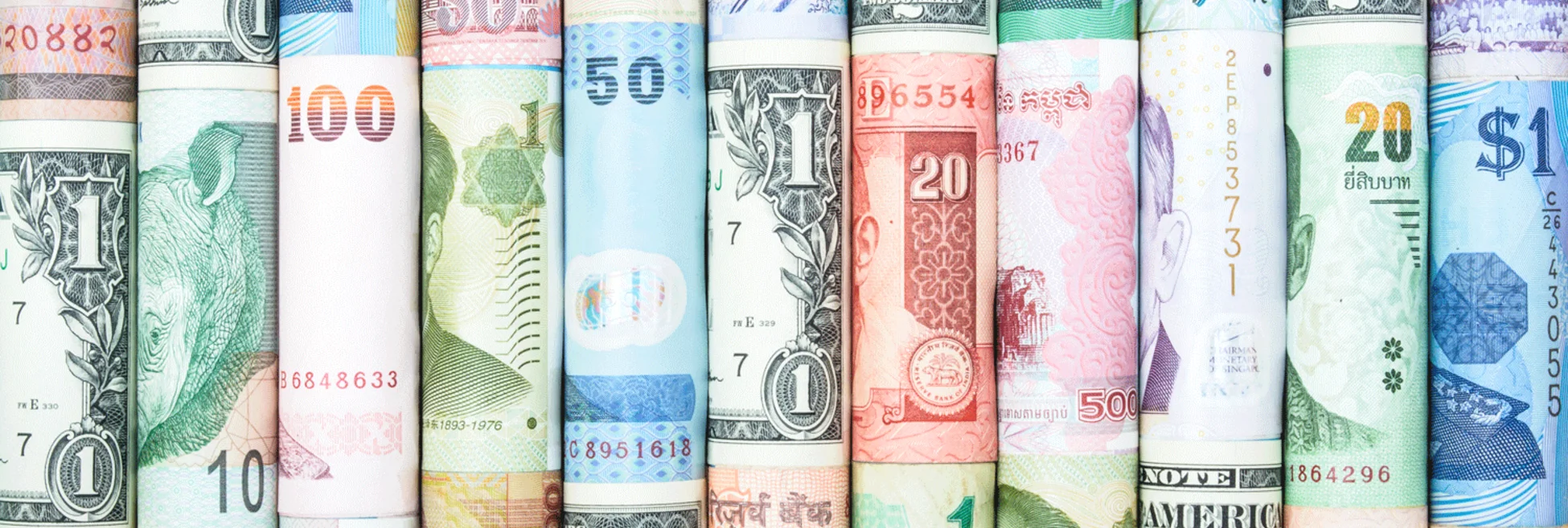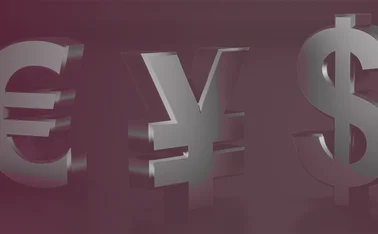

Material world: the enduring appeal of paper banknotes
Central banks have used space-age polymers to make banknotes for decades. So why does paper remain predominant in banknote production?
For much of the late 20th century, plastic carried the aura of the modern, the state of the art. During the 1960s, fashion designers aiming for a futuristic look often used plastic as a material.
In currency, plastic, too, represents the cutting edge. The first plastic banknotes entered circulation in the 1980s. In that sense, they are cousins of that other major plastic component of modern payments, the credit card. Indeed, the hologram – now a common security feature on notes – came from the
Only users who have a paid subscription or are part of a corporate subscription are able to print or copy content.
To access these options, along with all other subscription benefits, please contact info@centralbanking.com or view our subscription options here: subscriptions.centralbanking.com/subscribe
You are currently unable to print this content. Please contact info@centralbanking.com to find out more.
You are currently unable to copy this content. Please contact info@centralbanking.com to find out more.
Copyright Infopro Digital Limited. All rights reserved.
As outlined in our terms and conditions, https://www.infopro-digital.com/terms-and-conditions/subscriptions/ (point 2.4), printing is limited to a single copy.
If you would like to purchase additional rights please email info@centralbanking.com test test test
Copyright Infopro Digital Limited. All rights reserved.
You may share this content using our article tools. As outlined in our terms and conditions, https://www.infopro-digital.com/terms-and-conditions/subscriptions/ (clause 2.4), an Authorised User may only make one copy of the materials for their own personal use. You must also comply with the restrictions in clause 2.5.
If you would like to purchase additional rights please email info@centralbanking.com test test test



